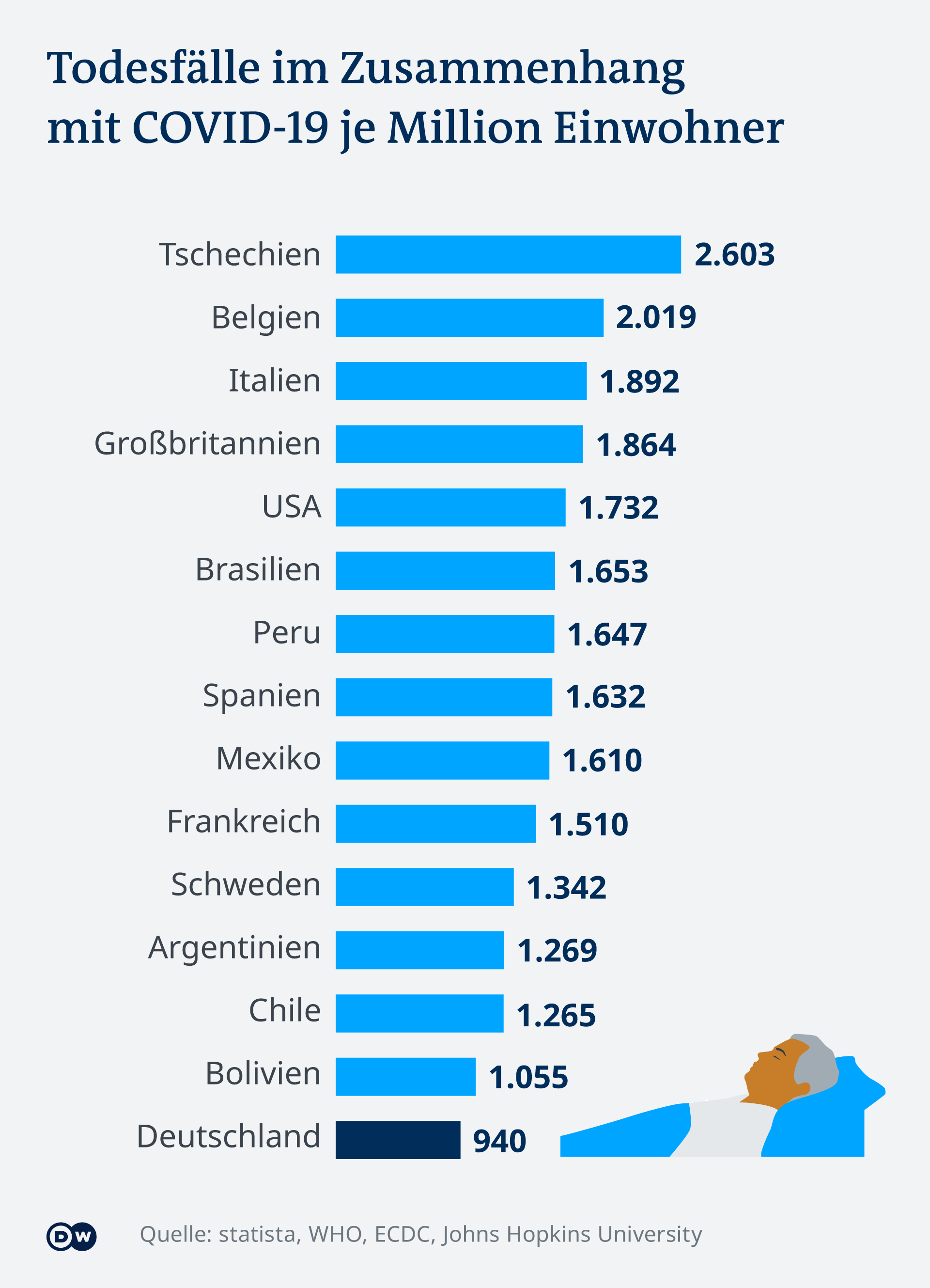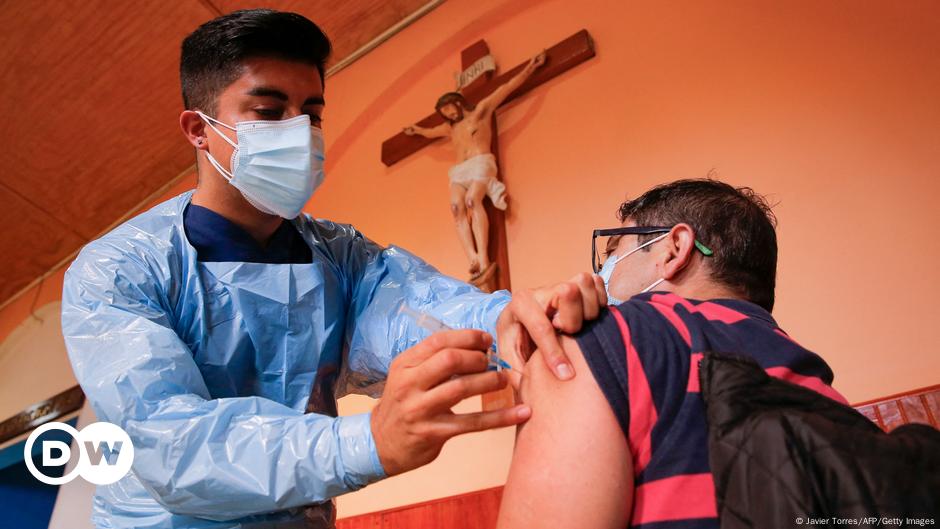Many people in Chile actually thought that the Corona crisis was nearing its end in their country: In mid-January, the incidence curve, which had risen steeply after Christmas, turned horizontally and fell until the end of February. At that time, Chile was considered the “vaccination champion of Latin America”: 18 percent of the population had already received a first vaccination. But then the seven-day incidence picked up again and doubled from 130 to 260 within a month.
Many severe courses despite vaccinations
The number of difficult courses also increased. Although the government increased the number of intensive care beds, the intensive care units reached critical utilization in the second half of March. At the end of March, the number of fatalities rose again and the government tightened the national lockdown again on April 1. The following week she decided that the Constituent Assembly election would be postponed by five weeks.
Especially the high number of difficult courses hit Chile a little unexpectedly. Because the vaccination strategy of the Chilean government is considered to be one of the most consistent and effective of all: Even before China, the country had approved the Sinovac vaccine. The preparations from BioNTech / Pfizer and AstraZeneca followed. The Chinese vaccine CanSino was added a week ago.
A quarter of people fully vaccinated
The government was just as determined to order the vaccines and organize their distribution. Now more than twelve of the 19 million people in Chile have received the first dose. More than five million of them, i.e. over a quarter of the population, are even fully vaccinated. The government expects the country to achieve herd immunity target in June.
If things continue at the current pace, more than 70 percent of the people in Chile will actually be vaccinated twice. But for a growing number of people that is too late. The number of those who died with COVID-19 has increased significantly – from around three per million inhabitants on a seven-day average in mid-January to currently 5.9. This means that the country is still in a significantly better position than its neighbor Peru, where this value corresponds to the South American average of ten.
Allegations against the government
But after the successes of the last few months, many are indicting the government and accusing it of failures. One of them is Simone Reperger from the Friedrich Ebert Foundation in Santiago de Chile. “Since the beginning of the vaccination strategy, everything in Chile has been concentrating on vaccination,” Reperger told Deutschlandfunk. “Other important measures like testing, contact tracing and prevention are neglected.”
#I vaccinate: Has Chile’s President Sebastián Piñera (center) relied too much on his determined vaccination cap?
–
The attitude of the government also led the people in Chile to a certain carelessness: “Thanks to the ranking as ‘vaccination champion’ and the course of the government, the Chileans did not have each other in the last summer months, that was the holidays in January and February more as well protected as before. Less use of masks, more parties on the beach, in bars, full shopping centers. “
Lockdown is supposed to lower the incidence again
This is over for now. Borders and shops are largely closed. In addition, the four-step lockdown includes tough curfews for most people in Chile.
Apart from some exercise in the fresh air between six and nine in the morning, people in communities with the highest alert level are only allowed to leave their homes twice a week to do essential errands – and they have to obtain special permission for this.
 –
–
In level two, this only applies on weekends. In level three you can also visit well-ventilated restaurants, do sports in limited groups and visit friends. In level four, the groups allowed are larger. Currently, 244 of the 345 Chilean municipalities are in level one and 56 in level two.
Vaccines less effective than hoped?
Epidemiologists accuse the government of reacting too late or loosening the lockdown measures too early. This allowed the virus and its variants to spread more quickly. So far there have been no representative analyzes, but it is believed that the British and Brazilian variants have accelerated the increase in the number of infections. Nevertheless, many are wondering how this could be done despite the high vaccination rate.
On the one hand, the vaccines do not develop their optimal effect until about two weeks after the second dose. In addition, it has not yet been conclusively clarified to what extent vaccinations not only reduce the likelihood of a serious illness, but also the risk of infection and spread. At the beginning of the week, a high-ranking official admitted that the Sinovac vaccine would only protect 50 percent from infection. And this is exactly the vaccine that around 90 percent of those vaccinated in Chile received.
– .

